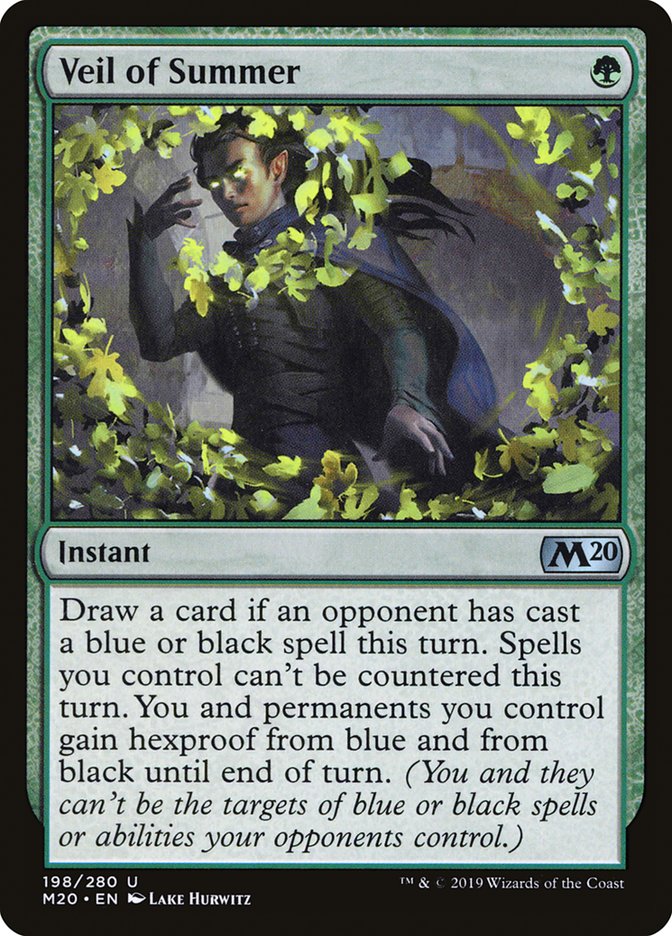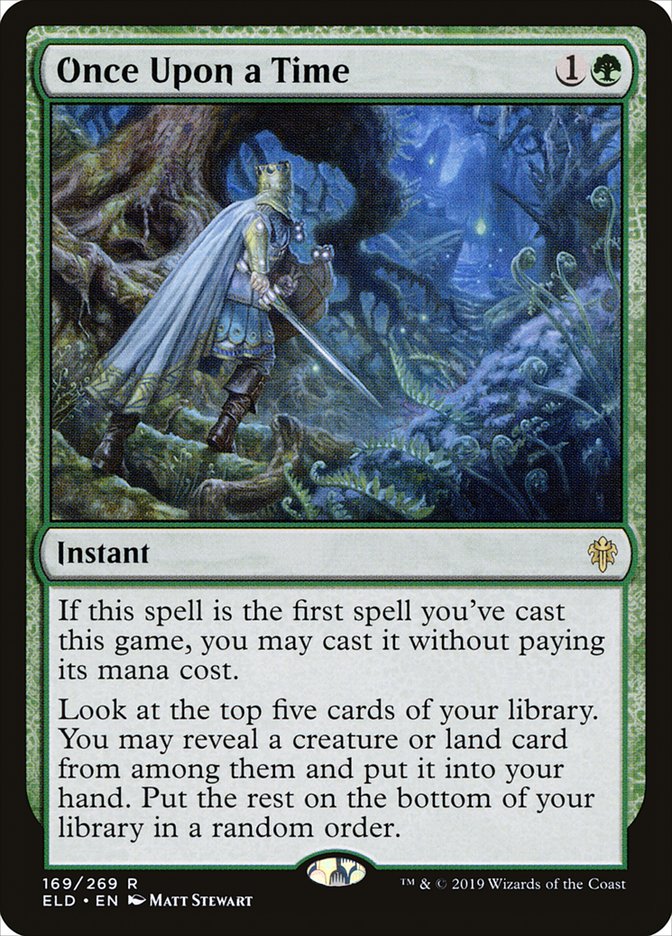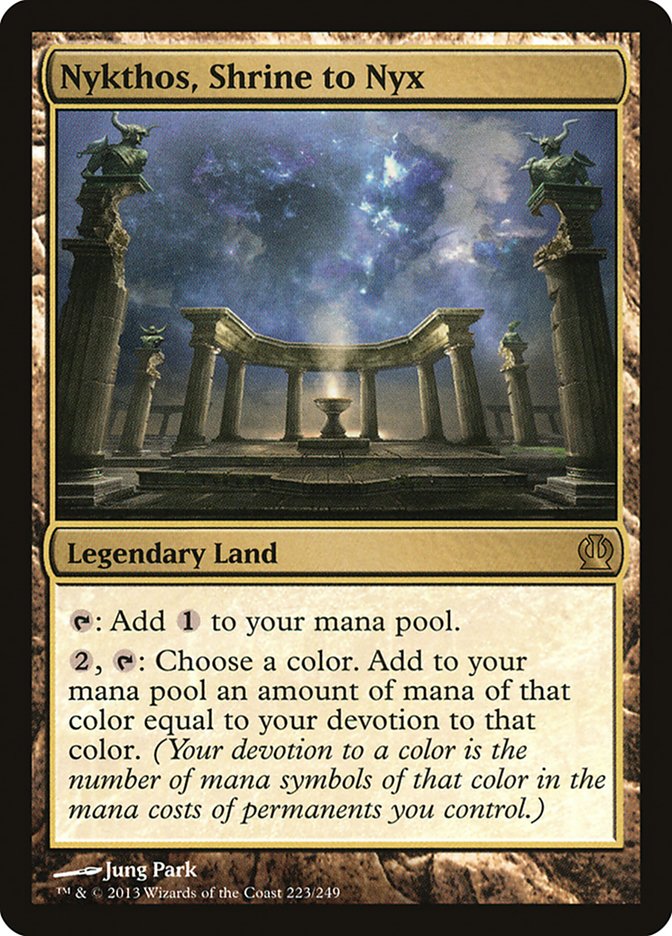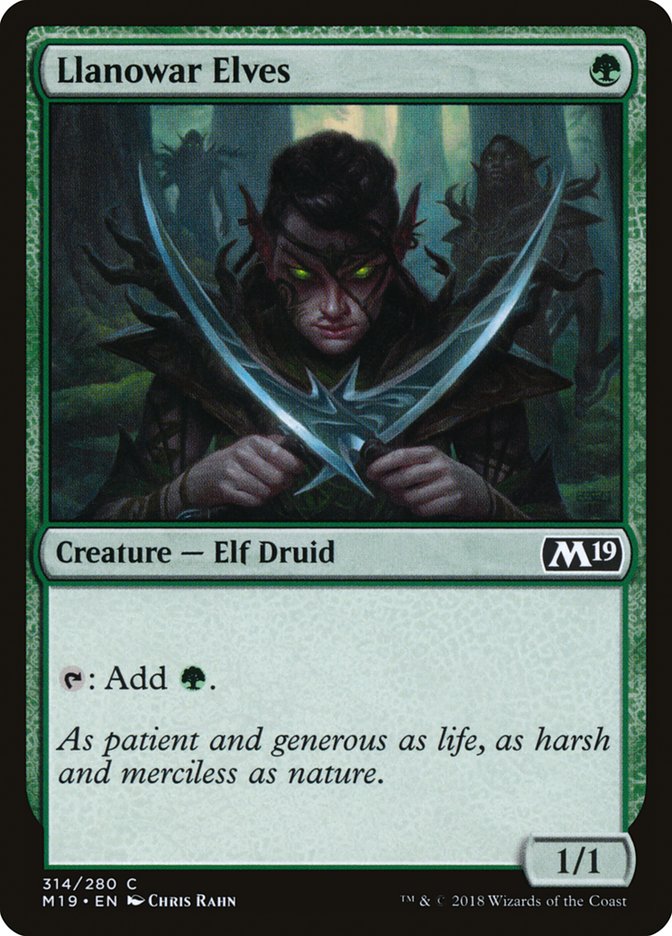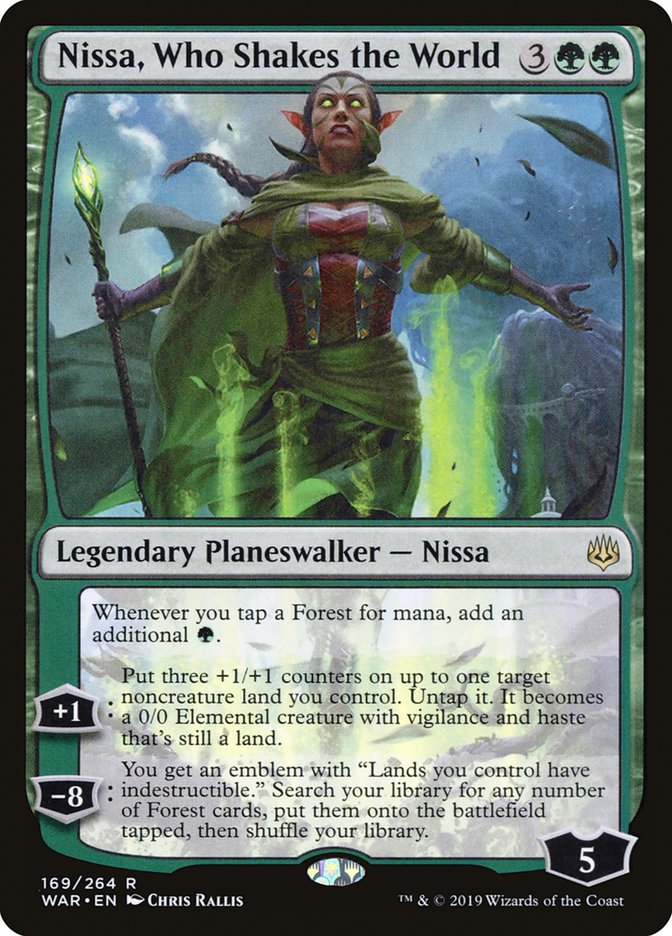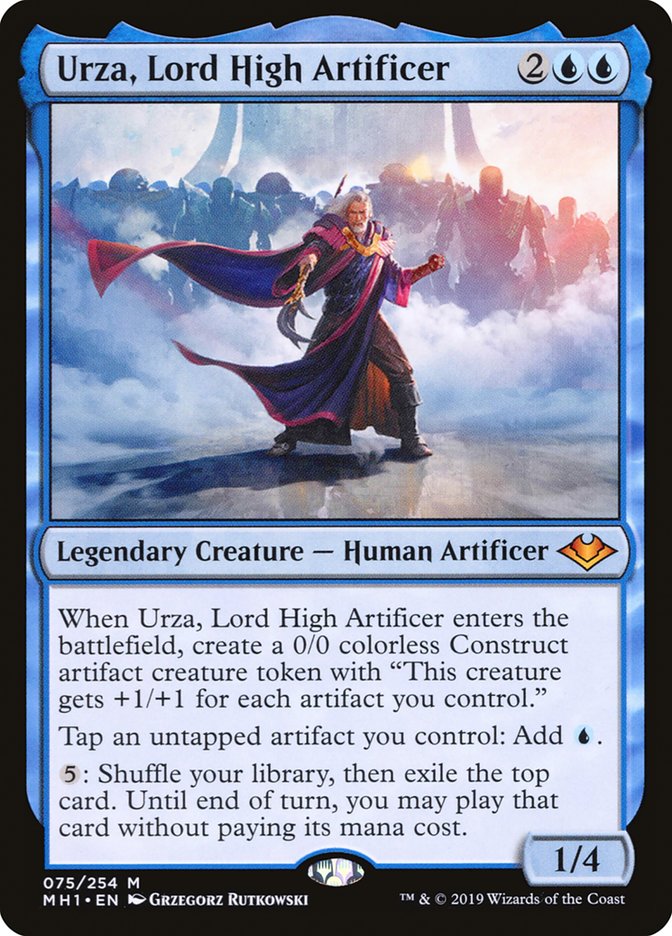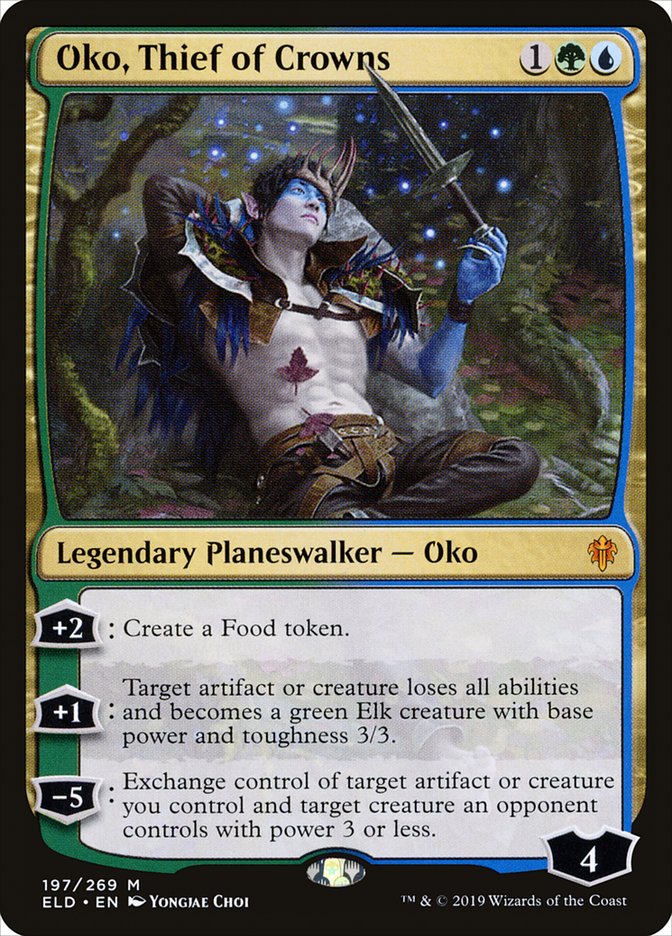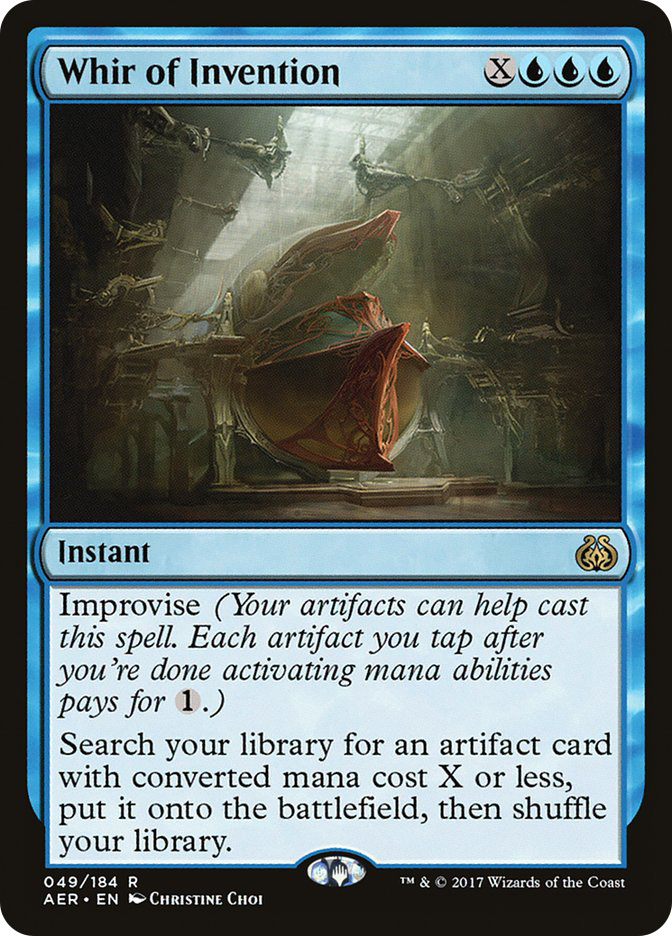Welcome to another edition of Fact or Fiction! Today Ari Lax, Sam Black, and Shaheen Soorani are here to give their takes on five statements on the November 11th Pioneer Banned & Restricted Announcement. Don’t forget to vote for the winner at the end!
1. Banning Veil of Summer in Pioneer was a good decision.
Ari Lax: Fiction. Veil of Summer is a pretty miserable card to play against. It’s also comically overrated in a format with real sweepers, or when the removal is more efficient than Murderous Rider. Eh, scratch that last one, since Murderous Rider is great in Pioneer, but the rest holds true. If your opponent has answers and proactive threats, you often just lose because you drew it and your other cards are now a worse amalgam of cascading threats than your opponent’s full-size hand.
The green decks in Pioneer are just great for other reasons, and Veil of Summer just piles on the disparity. Threats are plentiful and undercosted, while answers are scarce and clunky. That’s just Magic since 2012. Reactive spells were a losing battle to start.
Three-drops are better than two-drops. So Llanowar Elves becomes the best one-drop, and there’s a ton of them, and there’s a ton of three-drops, and there’s enough reasonably efficient answers to keep things together in the face of opposing decks that try to not play answers.
Green is still the best color in Pioneer and answers still aren’t good. Nothing changed except I no longer have to pay eight dollars for a sideboard uncommon from the second most recent set.
Sam Black: Fact. You can only be so wrong when banning a card like Veil of Summer in a format like Pioneer. When banning a card, you usually have to worry that it can decrease the value of cards and make customers lose confidence in investing in future cards, but this isn’t much of a danger here.
Veil of Summer is maybe the most expensive in-print uncommon ever, at least in a Standard booster, and very little of that value is because of Pioneer. If anything, driving the price down a little is probably a good thing, and despite the fact that it’s more expensive than other uncommons, it’s not expensive enough to really put anyone other than the longest speculators out. Additionally, everyone already knows that there will be bans in Pioneer and this serves as a warning that the card could get banned in other formats.
As for the impact of this decision on gameplay, Veil of Summer looks like the kind of reactive card that would exist as a health check if a strategy were too good. However, it’s the best at what it does by so much that it removes any consideration of playing other cards that fill a similar role instead in all but the most extreme scenarios, and it’s so broad that it will be useful to have access to in essentially any metagame. Moreover, it punishes most methods of interacting with spell/stack-based combo decks, which means that it actually supports non-interactive, proactive strategies and restricts interaction in games.
We’ve seen this play out in Standard, where reaction is impossible and everyone was forced to play midrange decks that try to snowball past each other. As a player building Pioneer decks, I definitely felt like playing a reactive deck wasn’t on the table, and Veil of Summer contributed to a lot of that.
This card was a mistake. It’s debatably subtle enough that they could have gotten away with not banning it, but its existence makes the game worse rather than better, so getting rid of it as early as possible while a ban in Pioneer costs them as little as possible is as close to a clean win as they’re going to get with a ban.
Shaheen Soorani: Fact. Some may view me as a vindictive, biased control mage. Although I am all these things, Veil of Summer is one of the largest mistakes from the R&D side. I have safely said that both the players, and the team in Seattle, know that this card is wreaking havoc on the health of midrange and control archetypes across all formats.
This is the best counterspell printed in a decade and arguably the best sideboard card in the history of the game. Normally that wouldn’t be a bad thing and good cards are printed all the time. This is an example of a card that is too good at what it does, and it invalidates counterspells/removal by its very existence. Every deck running green packs this spell in Legacy, Modern, Pioneer, and Standard.
Control aren’t the only losers with this card legal. Midrange that uses black removal is embarrassed by Veil of Summer. Cards like Fatal Push and Thoughtseize are borderline unplayable in Pioneer with it around, as the green decks can stomp out any disruption with a single card. You will see the minority of players squawk about Autumn’s Veil, noting that it was barely played. We are all very aware that if Opt allowed you to scry 1 and not draw a card, it would have not been played as well.
Get ready for some fun, everyone, because there is no way this card sticks around in any of the relevant formats come next week!
2. Once Upon a Time should have been banned in Monday’s Pioneer B&R announcement.
Ari Lax: Fact. How was this card printed?
I spent a lot of time and came up with constructive discussion of what may have gone wrong with Oko, Thief of Crowns in design. Spending a marquee planeswalker on the Food mechanic due to color alignment means you have to push so it stands alone if the mechanic whiffs, and the mechanic being in a single set means you have to hit it in one shot, and maybe you have a bad month and miss the +1 ability being miserable.
I tried that with Once Upon a Time and came up with nothing.
The power issue here is pronounced in Pioneer, which is built on a clear era split between Mana Leak being in Standard and it not being there. Threats are king in the format, especially planeswalkers and creatures that fight them and spells aren’t pushed. Once Upon a Time isn’t Mox Opal or Entomb levels of good once the spells catch up, but those cards don’t and probably won’t exist in Pioneer.
Eight Llanowar Elves would still be powerful and redundant and probably one of the better strategies in Pioneer, but Once Upon a Time just makes it egregious.
Sam Black: Fact. I don’t understand Once Upon a Time. This card was destined to be discussed in every conversation about banning cards in every format since it was previewed. I genuinely have no idea what possible upside there was to printing this card as far as gameplay is concerned. It makes decks more consistent in precisely the way that makes games more repetitive. Oko, Thief of Crowns was a bigger mistake in terms of power level and frustrating gameplay, but at least it’s understandable that planeswalkers can be hard to balance and they wanted to push the new mechanic. Once Upon a Time is the card that actually makes the least sense to me to print in Throne of Eldraine.
The earlier Once Upon a Time is banned in as many formats as possible, the sooner we can stop talking about banning it and maybe get back to a place where we don’t expect bans, and the better gameplay will be.
Shaheen Soorani: Fact. This one is less of a slam dunk than Veil of Summer, as it doesn’t deeply threaten format health. It does follow some of the homogenous criteria for banning I laid out last week; however, it just adds consistency for green decks and allows for a skimming of lands for additional creature threats. I do feel like it will get banned in the future because of the consistency and power boost it provides all green decks with creatures.
We open a Pandora’s Box when we begin to ban everything that is powerful in a new format. This gets back to the banning fatigue players are suffering from, as well as how subjective it is to assess power. The first banning came quickly as advertised and left us with a head-scratcher in Oath of Nissa. If Oath of Nissa isn’t safe, I think the parameters call for Once Upon a Time too. For this reason, it is a fact that it should be banned. If Wizards of the Coast is targeting spells that push homogenous deck building and threaten to push other archetypes out with powerful consistency, cards like Once Upon a Time must go.
3. Nykthos, Shrine to Nyx should have been banned in Monday’s Pioneer B&R announcement.
Ari Lax: Fiction. Mono-Green Devotion has some broken draws, but wow are some of the cards in it bad. And it is only some broken draws now that you don’t have Leyline of Abundance, aka Mox Emerald with upside.
The deck is not that interactive. Interaction as a strategy is bad in the format, but some is needed to break up your opponent’s plan. If you can’t Walking Ballista or Voracious Hydra it, good luck. Those cards aren’t even that good without an active Nykthos, Shrine to Nyx or Nissa, Who Shakes the World, neither of which is an assurance to be around or even timely.
Mono-Green Devotion is really good against other low-interaction green decks, though. It’s kinda the inbred mirror breaker of the format. If you need to ban anything, it’s the other cards causing the format to skew this way, much like how Sultai decks in Standard are the fault of Oko, Thief of Crowns forcing you to play black answers and not the fault of Noxious Grasp.
Sam Black: Fiction, presumably. I assume WotC has been tracking the win rate of Green Devotion decks in Pioneer Leagues, and that they banned Leyline of Abundance and Oath of Nissa rather than Nykthos because the wanted the deck to continue to exist. Assuming the win rate has fallen to acceptable levels, it makes sense to leave it from here, particularly since it’s been explored and developed more than most competing strategies.
Nykthos is a fundamentally scary card, as a land that (easily) taps for (a lot) more than one mana, but at this point it’s very much the devil we know, so I’m mostly willing to trust WotC if they say it’s acceptable at the moment.
Shaheen Soorani: Fiction. Nykthos, Shrine to Nyx requires a heavy dose of devotion in order to produce busted starts. The gameplay is consistent from Once Upon a Time and Oath of Nissa, but one of those is gone and the other is likely to join as well. WotC tends to ban the cards that promote consistency like the Ponder and Preordain, not the elements of a deck those are used to search for. Field of Ruin is a viable land in Pioneer, and if you don’t have access to it, simply killing a lot of their creatures can push Nykthos, Shrine to Nyx out of relevancy.
There is a possibility it will get taken out, but this fails to meet the criteria for banning in my opinion. The data promoting devotion is suspect at best, with no large paper events yet in the books. PTQs are not the metric I’d use to take a heavy hand to what is legal and not legal in Pioneer. The Season Two Invitational this weekend, although two formats, is going to play a heavy role in what should stick around. This, and upcoming MagicFests early next year, will have the metagames to examine closely. Devotion is doing well for these qualifiers, but I am not convinced it is representative of the best strategy in the most competitive setting.
4. Mono-Green Devotion is the Pioneer deck to beat heading into the Season Two Invitational at SCG CON Winter.
Ari Lax: Fractional Fact. “Llanowar Elves, Elvish Mystic, Once Upon a Time, and spells to cast with them” is the deck to beat in Pioneer right now. Those spells might be Mono-Green Devotion. They might be Simic Aggro, where your Turn 2 play is always a 4/4 or 5/5 or Oko, Thief of Crowns. They might be Gruul Aggro, where you hope Goblin Rabblemaster doesn’t get Wild Slashed. You might want Smuggler’s Copter so you draw more threats to follow up everything and evade half the removal that can touch your giant threats.
So don’t hard-target Mono-Green Devotion’s specific threats, but be very able to beat the general premise of their deck.
Sam Black: Fiction. I don’t know of another deck that people are supposed to be more afraid of, but I expect a diverse metagame where this is a player, and I’d be surprised if Mono-Green Devotion is the most-played deck. Mono-Green Devotion might be the first deck in the gauntlet, but that’s mostly because it’s known due to its strength before the bans. I’m not sure what deck will be the most played, but I suspect Izzet Phoenix and Hardened Scales both have a good chance of being more played than Mono-Green Devotion.
Shaheen Soorani: Fact. Even though I do not think it is the best deck Pioneer has to offer, it is the most popular choice for those trying to snag a deck online before this tournament. With the ultimate short notice of a few bannings, the switch from Standard to Pioneer, and the age of this format in general, players will grab the perceived best deck and run with it.
There is no doubt in my mind that some of the sharpest minds of the SCG Tour will craft a nice, format-busting rogue deck. Whatever the best players come up with will stress-test the format, but the general population will bring what they’ve seen players have success with online so far. This means Mono-Green Devotion will be one of the most-played decks and the deck you must be prepared to defeat.
5. Simic Whirza is the Modern deck to beat heading into the Season Two Invitational at SCG CON Winter.
Ari Lax: Fact. Oko, Thief of Crowns backed by some broken synergies just reminds me of Stoneforge Mystic backed by Splinter Twin. You do thing broken things that win a lot of the time with a single card, and it also negates a huge portion of things your opponent can attempt to attack you with, and then if they struggle through it, you do something huge and combo-ish and they die.
There are other Modern decks that can stand up to Simic Whirza, but I think we are solidly in the 2017 Death’s Shadow phase of the metagame. This deck is extremely oppressive on both threat and answer fronts, and it is better to just beat people with it until they realize they can no longer play decks that care about controlling non-Elk permanents.
Anyways, fun fact about Simic Whirza: more cards in this deck are from War of the Spark forward than are from Mirrodin, Scars of Mirrodin, and Kaladesh blocks combined. The broken artifact blocks are less represented in the broken artifact deck than the block of nonsense that is 2019 Magic sets.
Sam Black: Fact. This is much truer than claims of decks to beat in Modern usually get. Not only did this deck dominate the last Open, but even after that was known, it won at least two Modern PTQs that I know of in Richmond (congrats to Dylan Donegan and Julien Henry), and this is the Invitational, where almost everyone who’s had success with the deck will be in attendance.
Shaheen Soorani: Fact. Simic Whirza is the best deck in Modern. Not because of the addition of Oko, Thief of Crowns or a nifty trick with Cryptic Command, but due to Urza, Lord High Artificer itself. Urza is the most powerful card and strategy to build around in Modern, regardless of the shell used. Simic Whirza is the newest, most powerful iteration of it, but that could be shattered at any time.
My buddy Eli Kassis is playing a different version, I’ve seen Harlan Firer craft his own list, and the Lotus Box crew has something of their own. This shows you that there are many ways to craft a format crushing Urza deck. It is by far the single most powerful card to sleeve up this weekend in Modern and is reminiscent of Ironworks of old.


